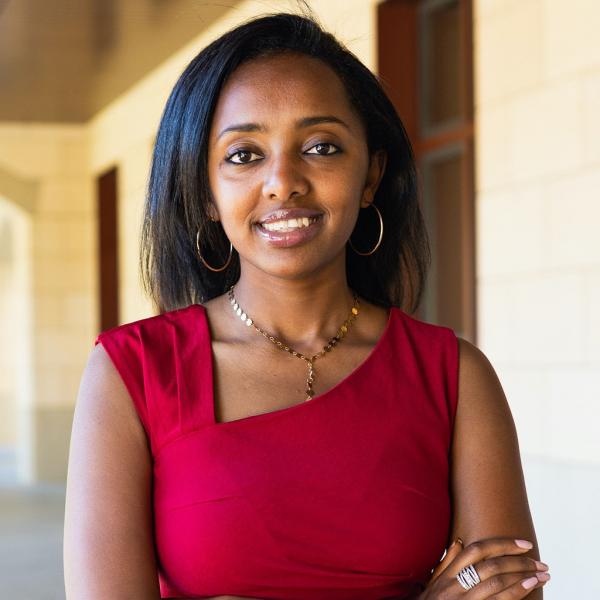
2.71/2.710: Optics
Class Information
Fall | Undergraduate | 12 Units | Prereq: (Physics II (GIR), 2.004, and 18.03) or permission of instructor
Introduction to optical science with elementary engineering applications. Geometrical optics: ray-tracing, aberrations, lens design, apertures and stops, radiometry and photometry. Wave optics: basic electrodynamics, polarization, interference, wave-guiding, Fresnel and Fraunhofer diffraction, image formation, resolution, space-bandwidth product. Emphasis on analytical and numerical tools used in optical design. Graduate students are required to complete additional assignments with stronger analytical content, and an advanced design project.
Instructor Information

George Barbastathis (Fall)
Ralph E. and Eloise F. Cross Professor in Manufacturing; Professor of Mechanical Engineering; Area Head for Micro and Nanoengineering
Interest Areas
- Quantitative phase imaging in the visible and x-ray bands
- Correlation functions and sparse representations
- GRadient-INdex (GRIN) optics

Loza Tadesse (Fall)
Brit (1961) and Alex (1949) d'Arbeloff Career Development Professor; Assistant Professor of Mechanical Engineering
Interest Areas
- Medical diagnostics, cell type monitoring, and detection
- Optics, spectroscopy, plasmonics and nanophotonics
- Machine learning, spectral analysis, and tools for limited dataset